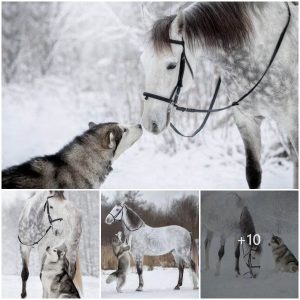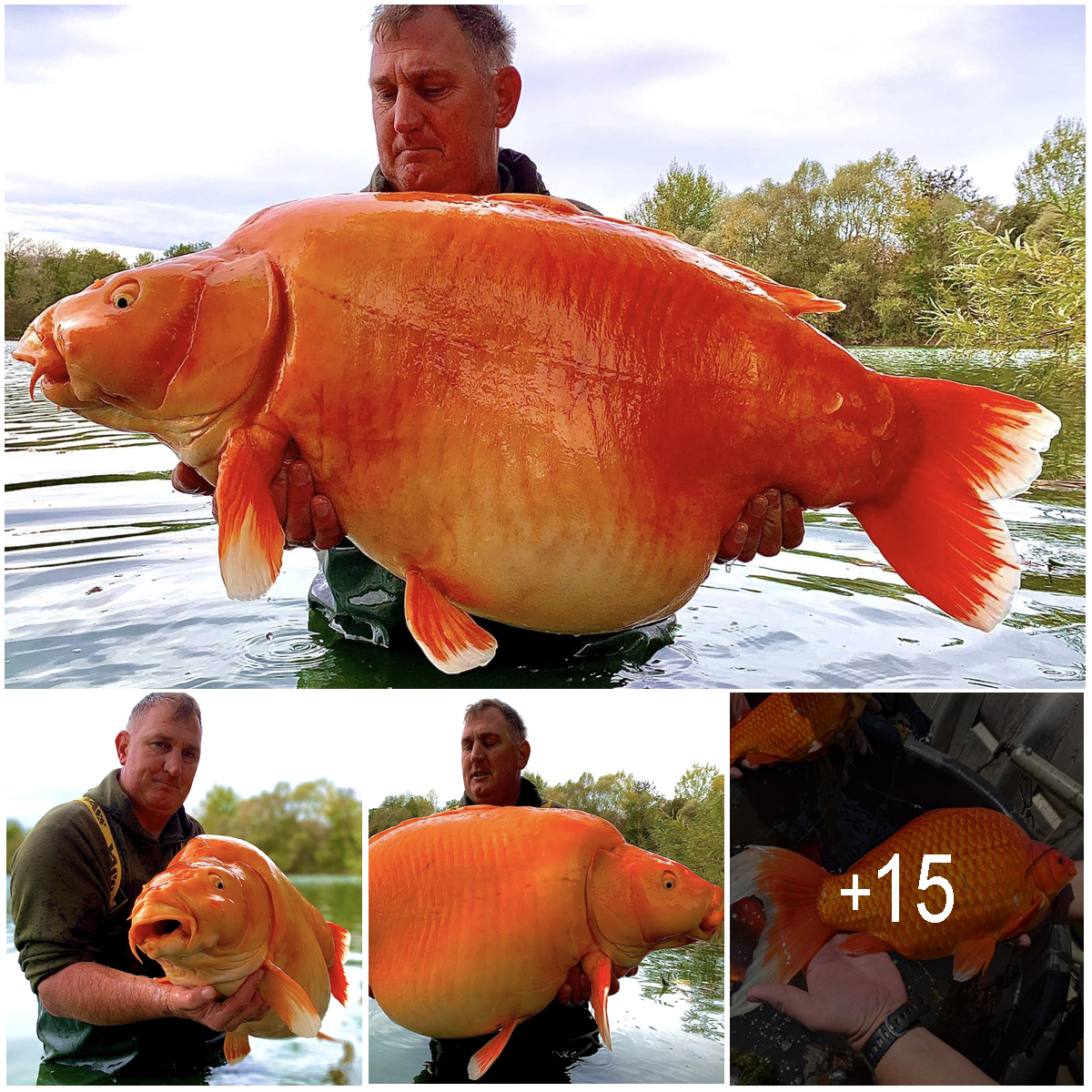
With temperatures rising worldwide each year, more and more horse owners face the challenge of managing horses in hot weather.
Since horses are less tolerant of heat than we are, it is our responsibility to ensure their health and well-being during the summer.
High temperatures can not only make horses uncomfortable, but also stressed and lethargic. Prolonged exposure to heat runs the risk of the horse getting muscle spasms, colic, or heat stress.
Therefore, we must regularly check our horse’s temperature when the weather is hotter than their comfort range (between 5 and 25 °C or 41 and 77 °F). The normal body temperature of an adult horse ranges between 37.2 and 28.3 °C (99 and 101 °F).
It’s also important to check for signs of dehydration using the skin pinch test. Call your vet immediately if you notice your horse has stopped producing sweat, is breathing heavily, or has become lethargic.
Remember that foals, senior, and sick horses require extra attention during times of high heat.
Here are our 10 tips to keep horses cool in hot summer weather.
Provide Ad Libitum Water
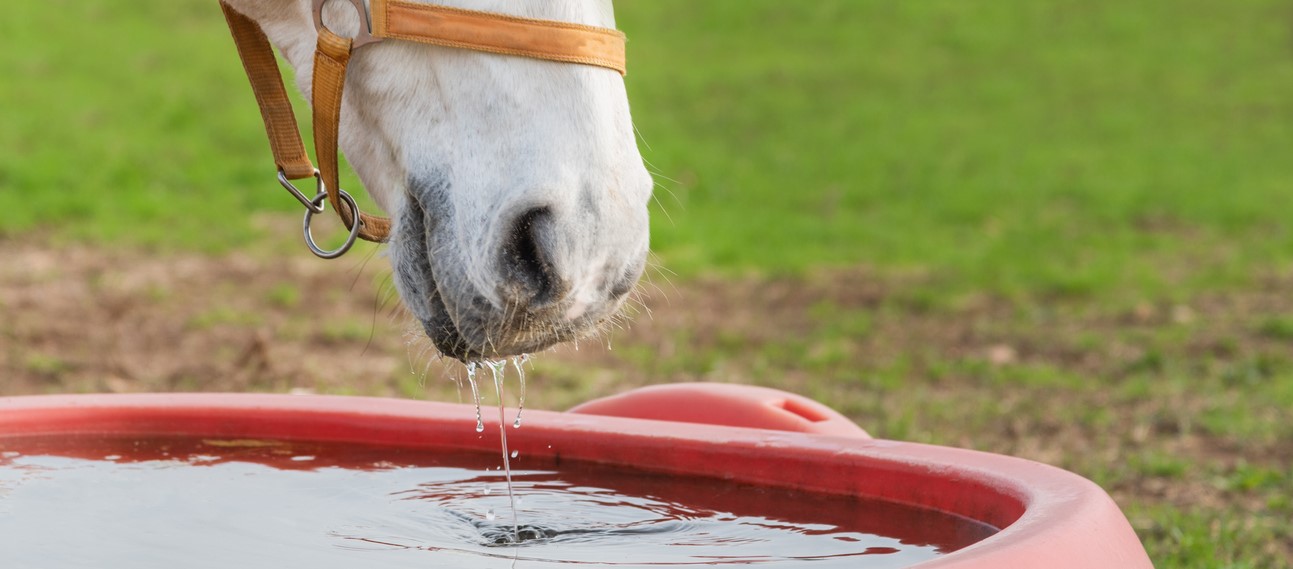
In hot weather, it is essential that horses have access to cool (7 to 17 °C or 45 to 64 °F) and clean drinking water at all times. Horses at rest normally drink 6 to 10 gallons (27 to 45 liters) of water a day, but this can increase considerably in hot weather.
Alongside their basic requirements, horses that exercise in the heat can lose 2 to 4 gallons (9 to 18 liters) of sweat per hour. Sweat is composed primarily of water and electrolytes, mainly sodium, chloride, and potassium.
It is paramount that we replace both the water and electrolytes lost in sweat to prevent dehydration. This can be easily done by placing a salt block on the horse’s field or offering electrolyte-infused water after exercise.
If your field has automatic water troughs, inspect them daily to ensure sure the water is clean, and that there is no clog obstructing the water flow.
Also, make sure the troughs are positioned in a way that dominant horses can’t block the others from the water source.
Provide Shelter From the Sun

After ad libitum water, shelter is your second most effective defense against heat stress in horses. Many owners have reported that horses seek out their shelters much more often in hot weather.
Trees with large foliages can serve as great natural shelters from the sun. Horses actually prefer standing under trees to run-in sheds because they can enjoy a cooling breeze alongside the shade.
If you are going to build a run-in shed, keep in mind that the sun’s position changes throughout the day. Therefore, make sure you orientate your building in a way that your horse always has protection from the sun.
It may be necessary to stable horses during the day to keep them cool and away from flies in peak heat. Veterinarian Heather Farmer from Lake County, Florida, recommends turning horses out early morning till noon and then returning them after 5:00 pm (source: The Horse.com).
Also, take our fun horse anatomy quiz.
Time Your Rides Wisely
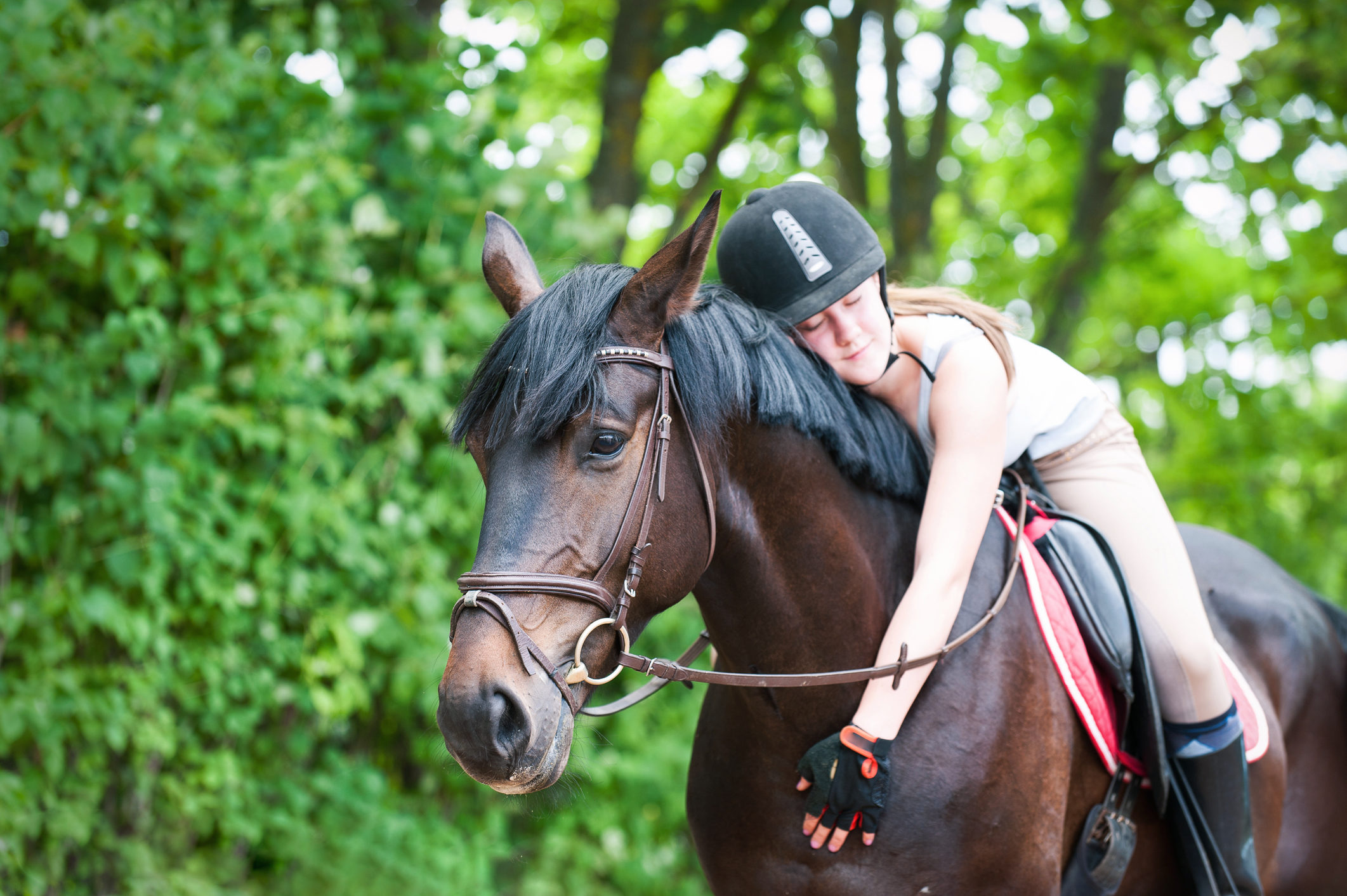
In the height of summer, always aim to ride out early in the morning or late in the evening. If you must ride in the hours between 10 am and 4 pm, keep the session short, and don’t push your horse beyond his fitness level.
You can also choose to ride in cooler areas such as beaches or woodlands if you have access to them. Your horse will thank you for it.
Keep in mind that horses can’t deal with heat as well as we can, and always put their welfare first.
As already mentioned, the large muscle groups of horses produce a lot of excess heat during exercise. According to researchers from the University of Guelph, horses can get heat stress 10 times faster than humans during a workout.
Regular Baths in the Highest Heat

When the sun is most unforgiving, consider hosing your horse down to help him lose heat, especially after exercise. Movement will often generate more body heat than the horse is able to lose through sweating. Running cool water on the horse’s skin helps draw excess heat away from the body.
If your horse has had an intense workout, Heather Farmer from The Horse.com recommends starting with the neck and chest areas. This is to cool the blood traveling in the jugular vein towards the heart, which will accelerate cooling in the rest of the body.
Sponging or hosing your horse down after exercise is not only useful for cooling, but also for removing sweat. Dry sweat can become very irritating for horses as it traps moisture in the coat, causing itchiness and even hair loss.
After bathing your horse, don’t forget to remove excess water with a sweat-scraper. Any water left in the horse’s coat will heat up very quickly when in sunlight, achieving the opposite of a cooling effect.
Finally, don’t hose your horse down too late in the day as temperatures tend to drop after sundown. Make sure there is enough time for your horse to dry off to avoid him catching a chill.
Keep Your Horse in Shape

Equine obesity is an increasingly widespread issue in today’s horse world. Alongside various health implications, having excess layers of fat also excess fat increases the risk of overheating in horses.
Unfortunately, many horse owners fail to recognize that their horse is, in fact, overweight. Hence, everyone should take the time to learn how to correctly assess a horse’s Body Condition Score.
Getting a horse in shape is much harder than maintaining it, which is why early recognition of the issue is key to success.
Avoid Trailering in High Heat

Traveling is a stressful experience for many horses, resulting in more body heat and an increased risk of heatstroke. If it is unavoidable for your horse to travel on a hot day, aim to leave as early as possible to avoid the daytime heat.
Before you leave, make sure your horse has had time to rest and offer him plenty of water. To ensure maximum airflow within your trailer or lorry, open all windows and vents of the vehicle.
Never park in direct sunlight with the horses still inside the trailer; either find a shady spot or lead them out of the trailer.
To help your horse cope with the journey, schedule frequent stops and offer him water. Take the quickest route to your destination to keep stress levels at bay and minimize exposure to heat.
Clip Away Any Excess Hair

Normally, horses shed their thick winter coats in the spring, ready for the summer weather. However, there are cases when a horse retains more hair than is necessary for this time of year, which calls for human intervention.
For example, some native and pony breeds have a generally denser summer coat than other horse breeds. Horses suffering from a hormonal disorder known as Cushing’s syndrome may also partially fail to shed their winter coats.
To help the above equines cope with the summer heat, clipping of any excess hair is recommended. If you’ve never clipped a horse before, ask a more experienced friend for help or read our useful Horse Clipping Guide.
Use Light-Colored Fly Sheets
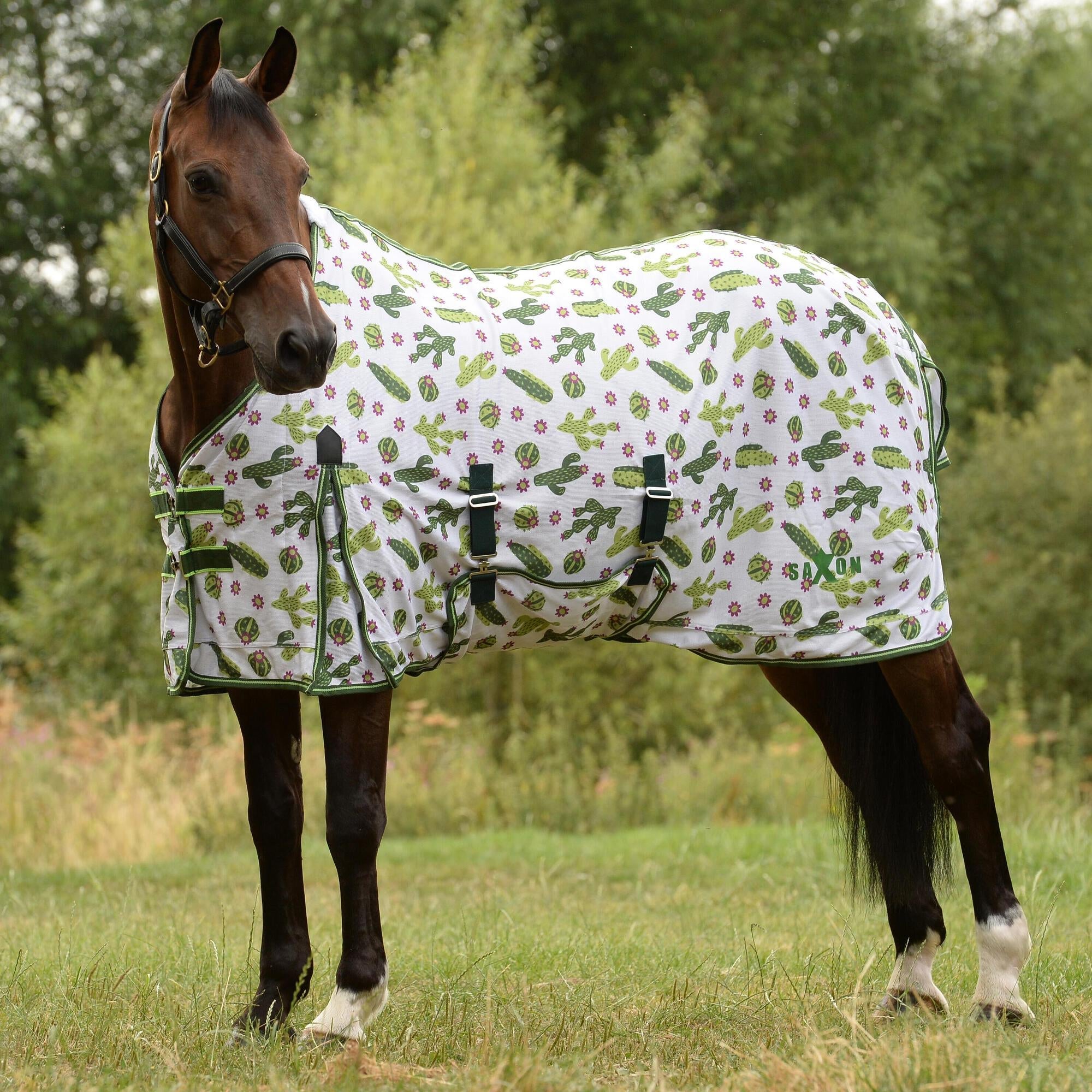
Horses with darker coats naturally absorb more of the sun’s heat than lighter colors. In this case, a white fly sheet will help direct sunlight away from your horse’s body, keeping him cooler. Look for sheets that also have UV protection as an extra measure against harmful radiation.
However, refrain from blanketing your horse in very hot and humid conditions. High humidity reduces the horse’s ability to cool himself via sweating, as the air is already saturated with moisture. Putting a blanket on your horse will further hinder the evaporation of water from the skin.
Add Ice to Your Horse’s Water
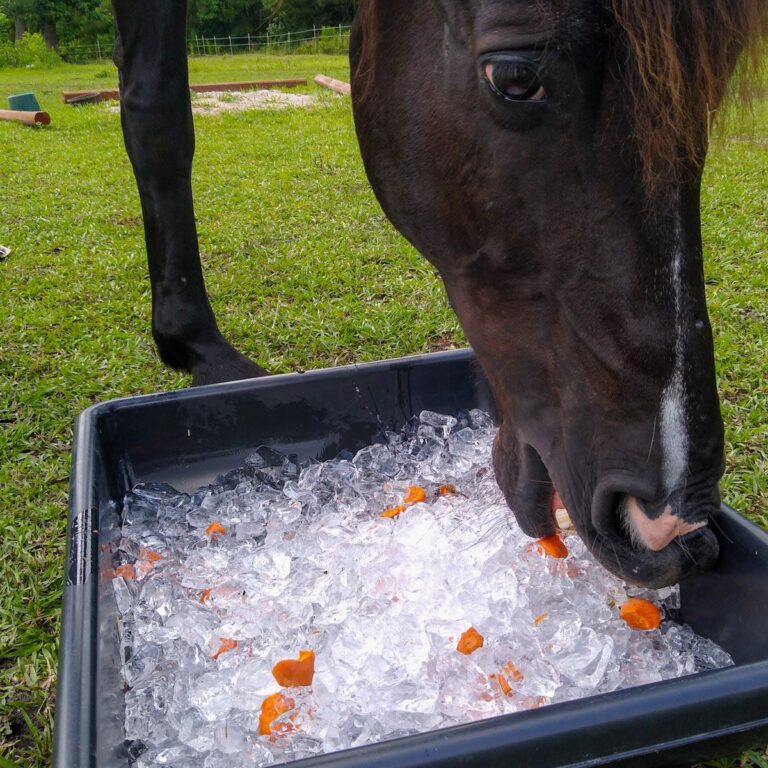
Although it may sound extreme, research has shown that offering icy water is a safe and effective way to cool down a hot horse. While some horses might be put off drinking if the water is too cold, many find it refreshing.
According to the University of Minnesota Extension, a horse is considered overheated if the rectal temperature exceeds 39.4 °C (103 °F). If your horse’s temperature is above 40.5 °C (105 °F), you should urgently find a quick way to cool him down.
Besides adding ice to their water, ice baths have also been shown to lower heart rates and reduce body temperature in horses after intense exercise.
Applying ice water to prominent blood vessels on the head, neck, rib, and back areas is the quickest way to achieve a cooling effect.
You can also use towels soaked in ice water to cool a horse down quickly. Just lay a few towels across the horse’s back for a speedy recovery after exercise.
Install an Electric Fan

If your horse is staying inside during the highest heat, it is vital that the barn has excellent ventilation. Airflow helps direct heat away from the horse’s body, aiding the cooling process.
Other than opening all doors and windows, consider installing an electric fan to keep air moving inside the building. While a regular fan can already make a big difference, misting fans are even more effective at helping horses stay cool.
Any fan should be installed in a safe location where horses cannot reach the unit or its power supply. Also, be aware that the noise or effect of the fan might frighten the horses at first, so keep a close eye on them for a few days.


